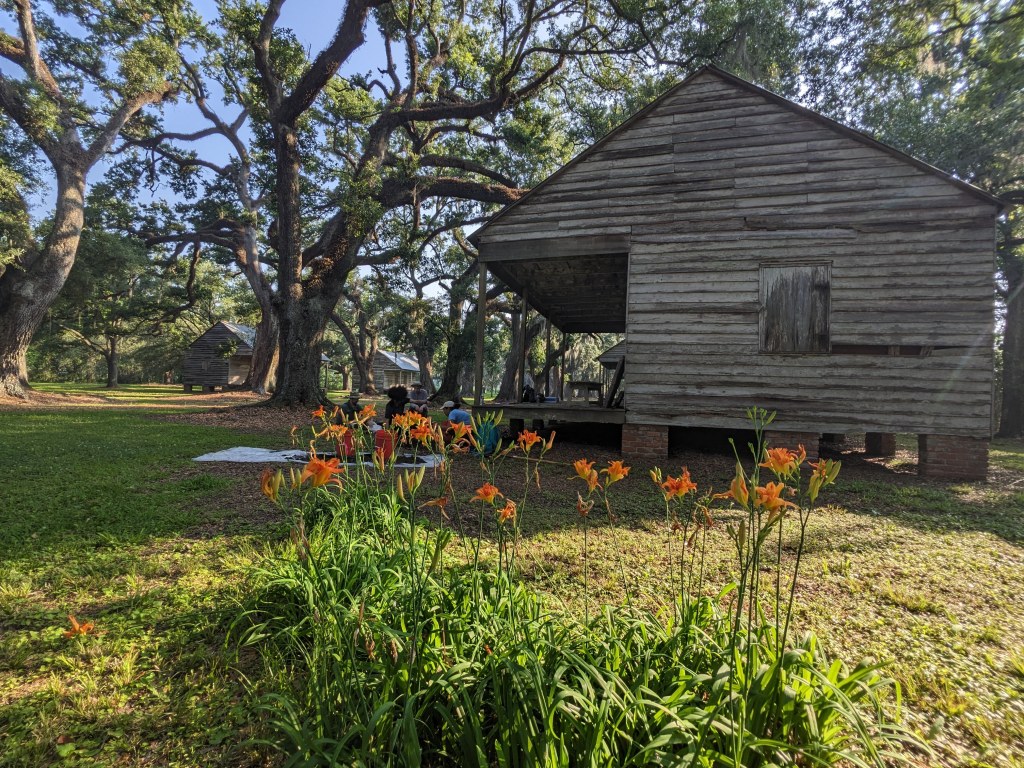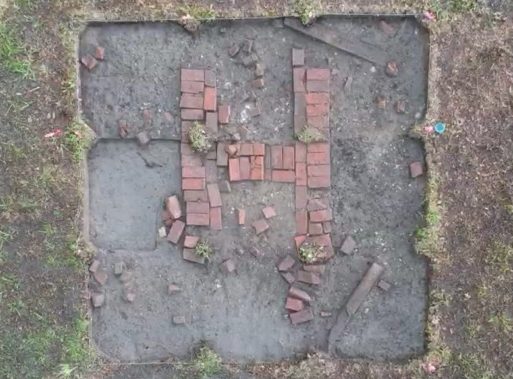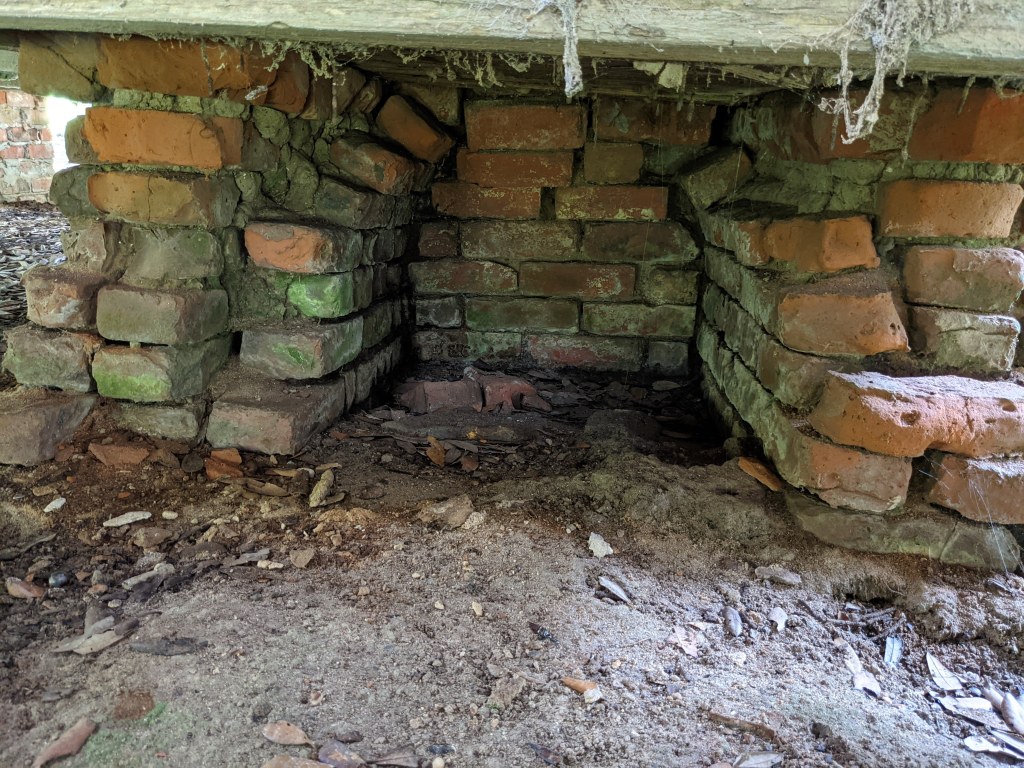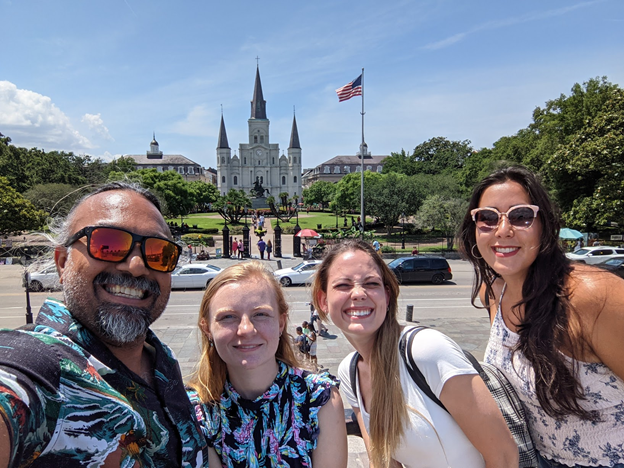
Post dissertation-defense committee and celebration (left to right, Chris Rodning, Jayur Mehta, Jason Nesbitt, Marcello Canuto)
My Own Personal Journey (to a permanent, full-time professorship)
This is a story that has a happy ending. Really! It ends with me getting a tenure-track professorship at Florida State University. So, let me not bury the lead here – I got the job I’ve been searching (dreaming) for! However, it is not a story of an easy journey and it is not a path without significant heartache and struggles. But, I persevered, and I was committed in my goals and for me, the story (although not even remotely over), has a happy ending for now.
Why write this story? Perhaps so that many of you young and aspiring archaeologists (or historians and social scientists) might know the realities of the academic job market. I should start off, however, by stating that everyone’s story is different (so make your own path) and that all of my experiences have made me a better person (I wouldn’t have done this any other way). That being said, there were tough times along the way and there were easier life paths – which is ok – that I could have chosen. With a 4-year degree in computer science or engineering, I could have started earning close to 6 figures back in 2004. That would have added 13 more years to my total earning potential – close to a million dollars (on top of which interest and retirement would have added so much more). But… we don’t go into this because of the money, so let me give you an honest accounting of what it took me (and cost me), to get to where I am today.
The beginning:
In 1998, I excavated a Tuscarora village, Fort Neoheroka, with East Carolina University during a summer camp when I was 16. This was it! Maybe I didn’t know that I wanted to be an archaeologist back then, but I was hooked! Working outside in the sun and dirt between my fingers, what more could I want…
In 2000, I started at UNC and graduated in 2004 – I worked for Steve Davis in the Research Labs for Archaeology almost the whole time I was there, and I left UNC with three field seasons under my belt and just as many years in the lab. I worked on historic period archaeology, mostly at Occaneechi and Catawba villages. But at that time, I wanted to study Harappan and Bronze Age archaeology in western India and so I applied to grad schools in my senior year where I could study the near east – unfortunately, I didn’t get admission anywhere (of course, I only applied to UCLA and schools like that).
CRM
From there, I worked in CRM for a year, mostly across NC and SC, and learned all kinds of interesting and practical field methods. I learned how to take a project from seed to fruit and I learned just how different academic archaeology and CRM archaeology are. I applied to graduate school again, this time only to MA programs, and I got into the University of Alabama. The MA was good for me because I didn’t know what I wanted except for more training.
Graduate School Round 1
At Alabama, I worked with Ian Brown and the Gulf Coast Survey for two years and decided to pursue a field-based MA degree. In retrospect, I don’t know if that was the best idea… An MA should be a quick and concise study of a small topic/issue – I chose to systematically study ethnohistoric descriptions of sweatlodges in the Eastern Woodlands, develop a typology, and then test it in the field at a site in the SW Mississippi. Just the energy required to do fieldwork was more that enough to wipe me out… on top of that, I had to conduct an extensive literature review of 17th and 18th century primary sources. I got it all done in the end and I’m happy with the final product, but there were easier paths for sure. I could have stayed at Alabama if I wanted to finish my education, as they had just started a PhD program, but I was feeling restless and wanted to go back to work, so I applied for two jobs – one at the Arkansas Archaeological Survey and another with the Mississippi Department of Archives and History, and I heard from Mississippi first, so I moved to Jackson, MS.
Mississippi SHPO’s Office
If there was any one experience that prepared me for my doctorate, it was working from the state of Mississippi as an archaeologist – I reviewed CRM reports for compliance, I curated and accessioned collections, and I did public education and outreach. I took on the role of statewide coordinator for Mississippi Archaeology Month, and from this role, developed one of my specialties as an academic and scholar – “public education and outreach”. I used my experiences with MDAH to organize a symposium at SEAC, which ultimately resulted in me taking leadership roles in several different committees – the public archaeology grant committee with SEAC and the SAA Award for Excellence in Public Archaeology. But I knew by then I wanted to get my PhD and that I wanted to be a scholar and educator.
Graduate School Round 2
I spent two years with MDAH and at 27, decided to go back to graduate school – I applied widely and got into Santa Barbara and Tulane, and chose Tulane (and Chris Rodning as an advisor) to finish my training and get a PhD. I spent 6 years at Tulane, which is pretty short all considered, but they were 6 intense and incredibly rewarding years. How did I get through so quickly? First of all, I went into my PhD knowing my project – working at MDAH had exposed me to the Carson site, a massive Mississippian village, and that is where I decided to do my work. Second of all, I had the most supportive cohort of graduate school buddies. Third, I had an amazing advisor – I couldn’t have achieved anything without Chris Rodning’s unwavering support and sage guidance.

Chris Rodning, Jayur Mehta, and Ben Davis
What did my time at Tulane look like?
- Year 1 at Tulane was coursework and in the summer I worked at Maya sites and at Feltus for UNC.
- Year 2 at Tulane was coursework and in the summer I worked on grants and external fellowships (this paid off, because I was fully funded my whole 6 years there).
- Year 3 was more coursework and comprehensive exams. Comps included learning world archaeology and all the four subfields for my region, North America.
*During years 1-3, I also focused on my music quite heavily and developed some amazing collaborations with tabla player, Alex Legge. Once classes were over, and it was time to write, the music and side projects dwindled significantly.

Alex Legge and Jayur Mehta

Post-comprehensive exams, cohort (left to right, Jayur Mehta, Jessica Wheeler, Erlend Johnson, Rachel Horowitz, David Chatelain)
- Years 4-6 – I was done with coursework, and successfully lobbied the Dean to create my own field school at Carson, which I ran from 2013 – 2015. I had students from NYC, Pittsburgh, Tennessee, and all over, we had tons of great fun in the field, while excavating mounds and structures at Carson. Running the field school allowed me to collect all the data I needed, while also teaching a class that I could pitch to future employers. I also taught Environmental Studies at Tulane and there I took my interests in public outreach into “service learning” and my students conducted research in my classes at Tulane. This allowed me to develop another one of my specialties, “service learning”.
This slideshow requires JavaScript.
RANDOM PICS OF FIELDWORK AND STUDENTS

I also met my wife (Haley Holt Mehta, center) and got married in New Orleans – her brother, Jesse, on the left.
After fieldwork, I spent a year analyzing and writing my dissertation, and I graduated in the Winter of 2015, and walked in the Spring of 2016. So from 2009 to 2016 I was in graduate school. In the summer of 2015, I applied for and got a job at the New Orleans Center for the Creative Arts (NOCCA), an arts-based high school in New Orleans. There I taught humanities while I applied for archaeology professorships. My time at NOCCA was incredibly rewarding and I learned that I could be a good teacher and mentor to younger students.
I also developed another project in coastal Louisiana, Resilience in the Ancient Gulf South, with a good friend, Elizabeth Chamberlain. You need two projects, btw.
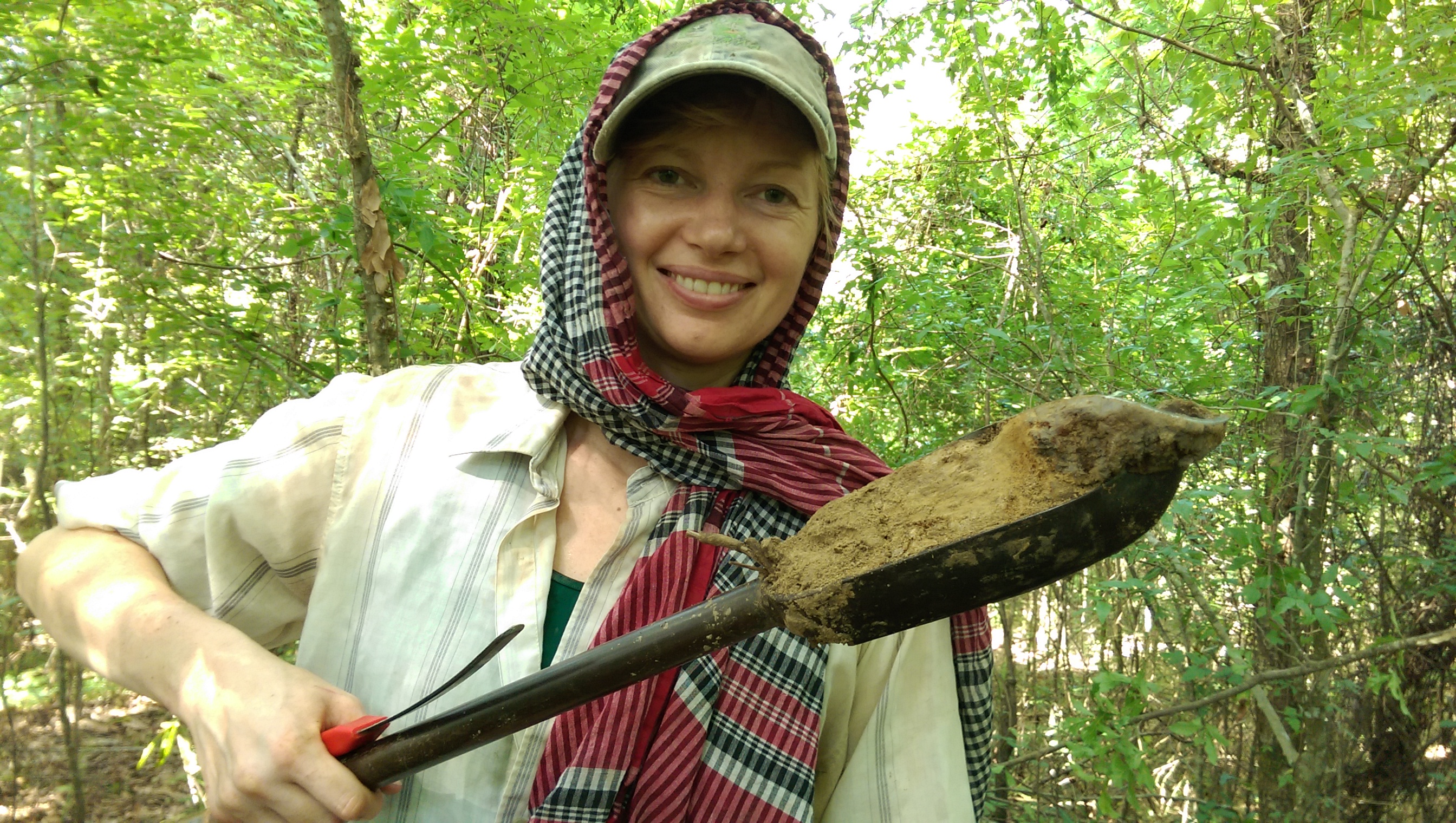
Elizabeth Chamberlain, Postdoc Researcher (Vanderbilt)
The Job Market
My first year on the market I was ABD and had not defended – amazingly, I had one on campus interview. I flew out there full of hope and expectations, predicting fine dining, wine, and collegial banter. What I got was a dinner at Chipotle.
I definitely did not get that job and was pretty crushed, although I should not have been surprised. But it worked out well anyways, because I had the job at NOCCA lined up. Maybe I shouldn’t call this my first year on the market – I applied to perhaps 5 jobs at the most.
NOCCA colleagues and a 9th grade project on cave art (top left) and a 10th grade project on Eastern Agricultural Complex crops (top right)
My first year at NOCCA, I applied for jobs, and had one phone interview and one on-campus interview. The on-campus interview went great but ultimately, the dean pulled the line, and nobody was hired.
My second year at NOCCA, I had around eight phone interviews and three on-campus interviews. None of the on-campus interviews panned out, but at the final hour, I applied for a visiting position at UIUC. At this point, after two years on the market, I was run down, and tired of writing job letters. I had no hope of getting the job and I still remember the moment I got the email telling me I was chosen for the UIUC visiting position.
What did this mean? It meant I could be a professor, like I wanted. But only for a year but perhaps for another… It also meant uprooting my whole family, wife and son, from their lives and friends. It meant selling my house, packing my bags, and disrupting everything I had spent years building, just for a one-off chance to follow my dreams. It meant asking my wife to quit her job (that she had spent years cultivating). It meant saying bye to all of our closest friends and it was not an easy thing to do. It may even have been one of the hardest decisions I’ve ever had to make.

Saying goodbye to New Orleans and to dear friends (left to right, Rachel Horowitz, Erlend Johnson, Jayur Mehta, Nicole Katin, and Kat Bell).

Claire Starke, Sarah, Russel Wolfe, Jayur Mehta, Haley Mehta, Katharine Williams
And so we moved – family and all – to Urbana, Illinois. And I found a warm and welcome home, full of supportive colleagues and inquisitive students. I found a support network of scholars who I could bounce ideas off of and students interested in my work as an archaeologist. My wife found work she liked but struggled early on in her newfound isolation, absent close friends and a support network. And we made new friends but you can never replace old ones. I am now in my first and only year at UIUC because as a visiting scholar, nothing is guaranteed.

Father and Son at a Fighting Illini, University of Illinois football game
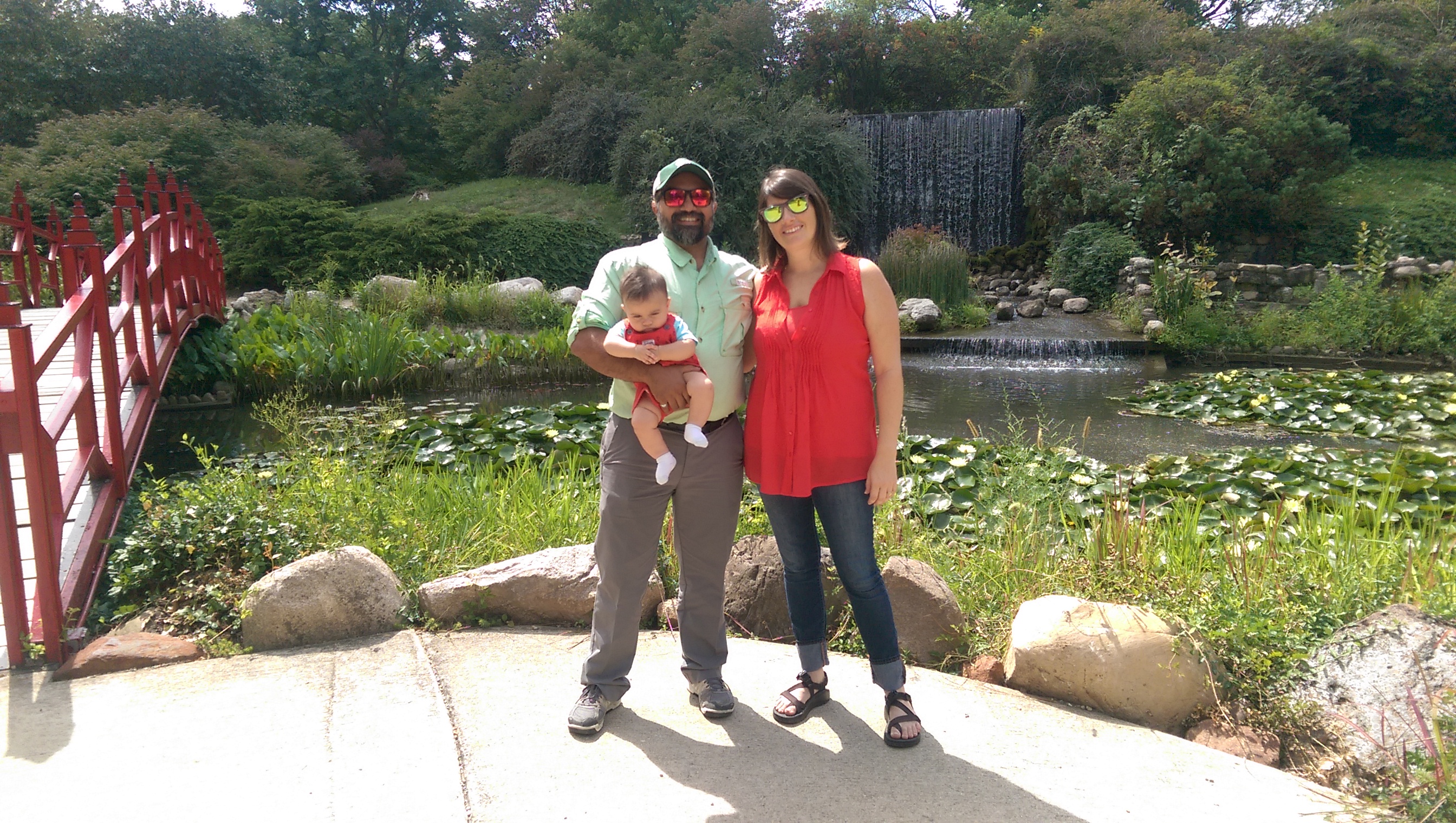
Jayur, Siddhartha, and Haley, enjoying our new surroundings in Illinois
In the Fall of 2017, I continued to apply for jobs, and this round, I had three phone interviews, and two on-campus interviews – and this year, I was offered positions at both of the schools I visited. And I chose the best one, which will be Florida State University (can’t wait to get back to the Gulf South!)
So, what does that look like in numbers?
- Total Applications: 100
- Phone Interviews: 10
- On-campus: 5
- Offers: 3
I didn’t track applications while I was ABD or during my first year at NOCCA. But in my second year at NOCCA, I applied for 50 jobs. While at UIUC, I applied for 27. This doesn’t include any jobs outside of academia (of which there were many).
Adding it all up, I likely applied to about 100 academic jobs overall (over 3-4 years). Out of those applications, 10% resulted in phone interviews, and 5% resulted in on-campus interviews. And 3% resulted in job-offers.
On average, I would say that each job application (cover letters, statements of purpose, research, teaching, etc.) took me between one to two hours. That means, in total, I spent around 150 hours applying for jobs, give or take…
The Cost of it all
Which brings me around to what this whole process cost me, which is to say, a lot. A whole hell of a lot.
- Be prepared for the job that isn’t yours but they bring you to campus anyways
- Be prepared for the inside candidate.
- Be prepared to shell out hundreds or even thousands of dollars upfront on clothes, tickets, and hotels.
- Be prepared to visit a school you love, in a town you love, to never ever hear from them again, even to tell you that you didn’t get the job.
- Be prepared for job lines to disappear. After you’ve applied.
- Be prepared to spend seemingly endless evenings writing job materials (and realizing that this work has almost no reward or benefit).
- Be prepared to not fit in.
Every on-campus interview was an emotional rollercoaster, requiring time off from work (and consider yourself lucky if your employer is OK with it), time off from your spouse (who has the house to maintain while you’re gone), and time off from the rest of your life. While my friends were joining Mardi Gras Krewes and practicing for Carnival, I was working for something that could never turn out. Writing a job letter requires you to put yourself in the job and to describe how you would do that job well. It requires you to dream, hope, and aspire to something else.
Imagine, working for weeks on a research presentation, teaching demo, and interview notes on all of the 15 people you will meet on your campus visit. Imagine prepping a five-year plan for the meeting with the dean and following that with casual conversations with students and faculty. Imagine having every minute of your day accounted for during the interview – imagine if it were two days. Imagine flying home, crowded onto a plane, arriving late in the night, and getting back up the next morning to go back to a job you may or may not love. And then imagine doing it over and over again. And imagine hearing no, over and over again.
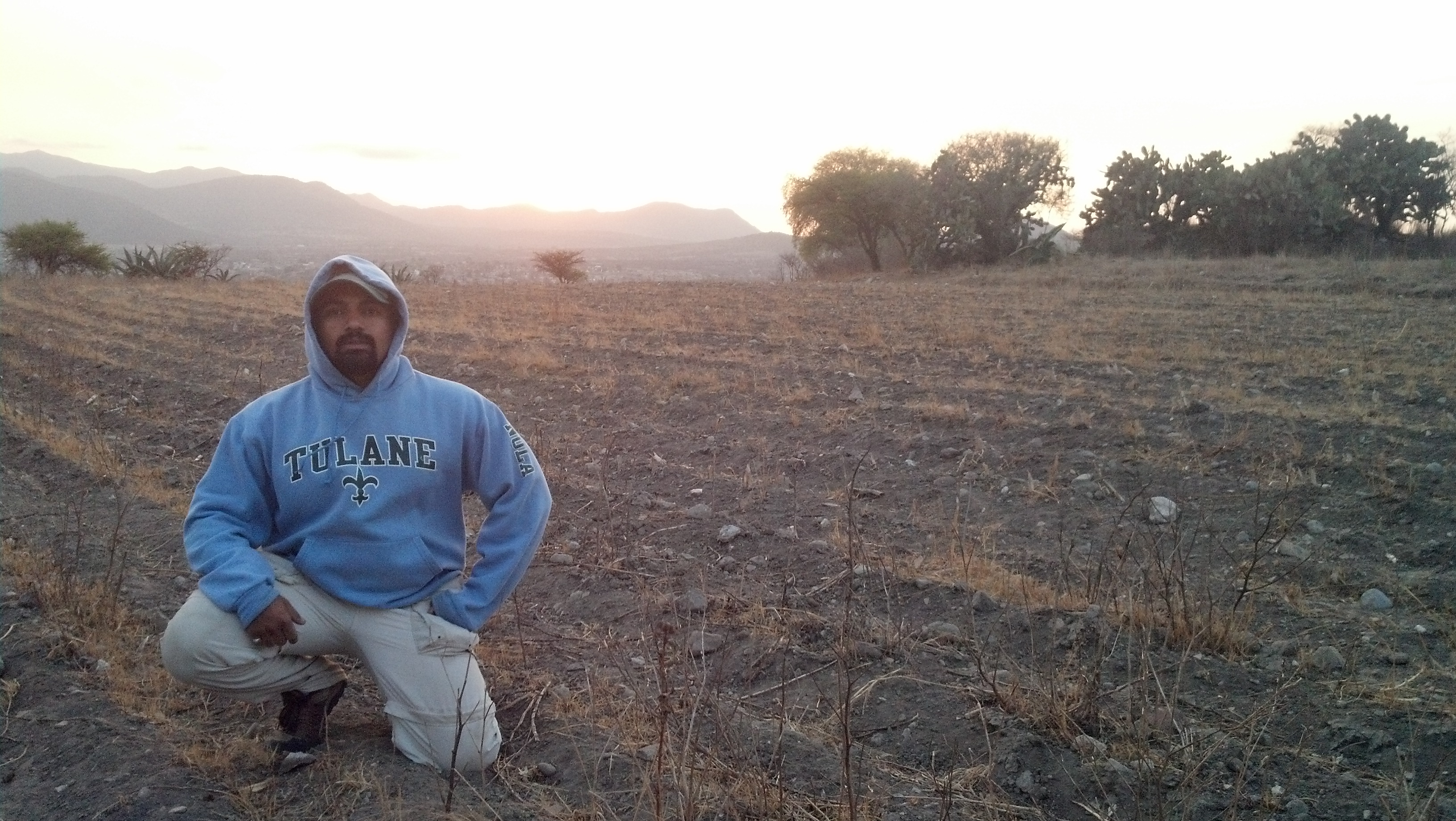
What is my point
Getting an academic job was hard work for me… It is hard work for everyone? I don’t know. Maybe. Ian Brown once told me that you’ll lose your education last, once you’ve lost wealth, health, and everything else, so get educated! Work hard, do your best, and good things will happen. I never waited for the tenure track job – I taught high school, I worked for non-profits, and I made my own non-profit. Just keep doing what you love but don’t go into debt over it. You need money to live and you don’t just need it for the immediate term – working means you contribute to social security and if you can, you save for a rainy day. Many of us who delay working for school will enter the workforce late and have fewer years building our IRAs and 401k saving plans, so consider that as well.
But anyways, I have my good news for today!
















